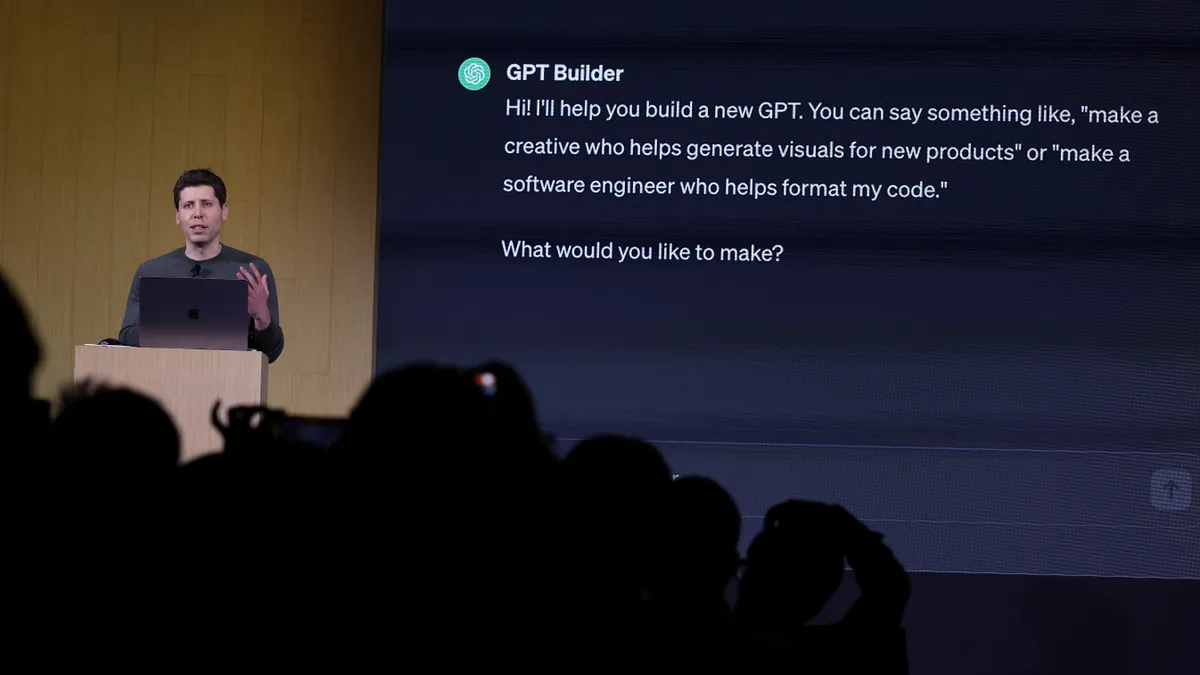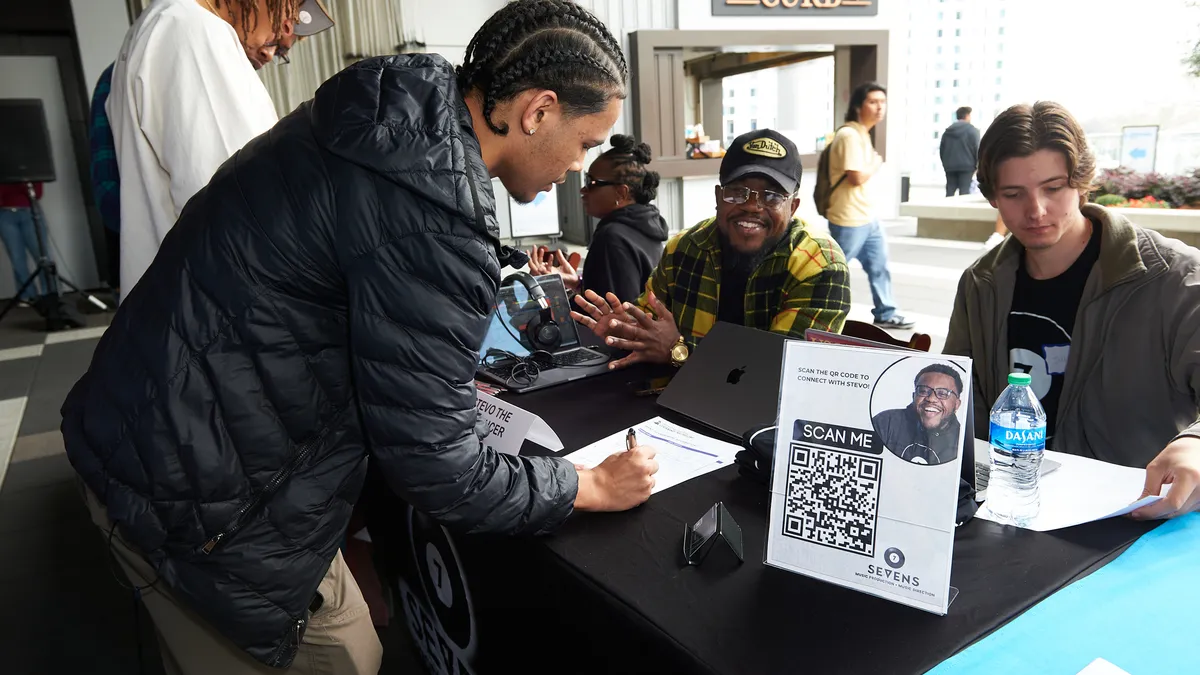Change can be scary. People relate to what’s familiar and comfortable. But change is inevitable and in business, it’s essential. So how can organizations take the scariness out of change and gain employee buy in?
Scott Guinn, director of financial and HR solutions for Anaplan, a cloud-based platform provider, says organizational leaders must be smart about helping employees adjust to change through a change-management plan.
The findings in a 2017 Deloitte Global Human Capital Trends report came to the same conclusion. Although 92% of executives surveyed planned to redesign their performance management process and 78% were going to replace their information systems, only 7% said they had a change-management plan.
We asked Guinn to describe how organizations can help employees, leaders and stakeholders prepare for change, whether it’s adjusting to a new company policy, technology platform, workflow process or product offering.
HR Dive: How does change begin?
Guinn: Creating a company culture that embraces change is the starting point, and it’s hard work. It’s human nature to resist change, or at least be wary of it. Leaders must prepare their teams for the change that will come. I learned this firsthand as a lieutenant in the Navy. As part of the largest operational helicopter squad in the Navy, we were often deployed deep in the middle of geopolitical tensions and conflicts; for me, in the Gulf War, then in Somalia. We were constantly training to be ready for change at the drop of a hat. The training was both repetitive and time-consuming, but paid off later. The routines and procedures became second nature responses when a threat or “unexpected variable” emerged.
I find that many of the best practices I learned in the military for change management are just as relevant for today’s workforce, whether it’s in the fast-paced, sometimes ambiguous environment of a technology startup or, more broadly, in other industries. At Anaplan, stories from our own customers in a variety of functional areas — HR, finance, sales, supply chain and IT — serve to validate the relevance.
HR Dive: Who in an organization is the most resistant to change?
Guinn: Employees, because they feel that they’re the last to know what’s going on in the workplace. Where there is no communication, rumors will fill in the gaps. Openness is needed between employees and managers, and conversations must be two-way.
HR Dive: What’s the most effective way to communicate change?
Guinn: Organizations should be promoting readiness for change. Communication requires frequent checking in with employees with messages and feedback. Everyone should know the organization’s vision; it’s a key for success. With effective communication and frequent messages, everyone realizes that change isn’t necessarily bad.
HR Dive: Managing change is a massive undertaking requiring cooperation from various segments within an organization. Because HR managers interact with employees across all departments, should they be the change leaders?
Guinn: HR should pull it all together because its functions touch every aspect of an organization. Company heads look to HR leaders to build cultures that are receptive to change. Technology has made the task easier by giving HR data on such things, for example, as how many direct reports will be needed after a merger or what building core competencies entails.
HR Dive: What if an organization’s culture hasn’t traditionally focused on making fast adjustments, but then suddenly, an adjustment must be made? How can HR turn around a culture that struggles with change?
Guinn: The culture might need to be overhauled with new leadership, or a third-party might need to be brought in to help make change happen. HR and other leaders should look at where there are gaps to fill. For example, a startup firm might begin with a small, dedicated group of workers, but as the business grows, they discover that processes and customer service needs to change and new skills adopted.
HR Dive: Can you share your strategy for managing change?
Guinn: Yes. I recommend that organizations take these steps:
- Define what would be a successful outcome for the change. Everyone involved and affected must understand why change is happening, its purpose and what the deliverables are. Additionally, leaders need to manage the message as they go along.
- Prepare leadership and key stakeholders for initiating change. Every project should have a sponsor, someone at the executive level who is responsible for carrying the project through ups and downs. Leaders also need to understand how various constituents come into play. For example, a marketing project might require the involvement of salespeople, product managers and customer-service providers. All need to be kept in the loop.
- Promote readiness for change. This requires that: a) teams receive good training on IT systems; b) team leaders check in often with their members; and c) mentorship is promoted as a core competency across the organization.
- Make change stick. Hold change-makers accountable for succeeding.
HR Dive: Of the four goals, which is the most important and which is the most difficult in your experience?
Guinn: Without all four, an organization is setting up for failure. Though the results vary, study after study has found that far too many “change” projects fail. These failures cost organizations time and money, and weigh down employee morale. To be a success story, the “secrets” to better change management are simple but effective. As I learned in the Navy, strong leadership, thorough planning and effective communication, can prepare anyone for embracing change.
Change generally isn’t a bookended event, but a process. Once a project is complete, leaders must keep trying to improve it and keep it moving forward.



















